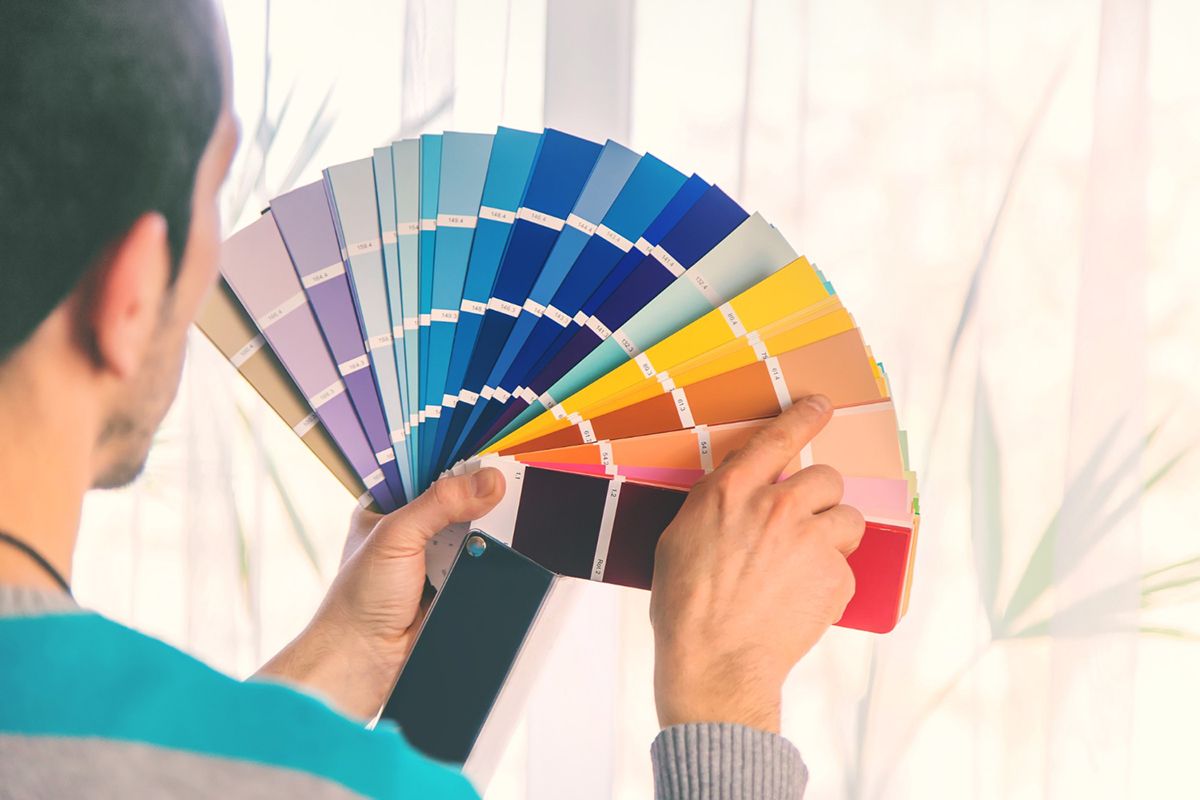Discovering the Psychological Impact of Paint Colors

Did you know that the colors in your surroundings have the power to influence your emotions, moods, and behavior? The psychological impact of colors has been widely researched and explored in various fields, including art, design, marketing, and even medicine. As a consumer or interior designer, it's essential to recognize the emotional response elicited by different hues to create a cohesive and meaningful environment that aligns with your desired mood or brand image. In this blog post, we'll delve into the fascinating world of paint color psychology, and explore the various emotions and associations linked to different hues.
Red
Red is a bold and intense hue that is often associated with passion, energy, and excitement. It's a color that demands attention and evokes a sense of urgency, making it ideal for stimulating appetite and grabbing customers' attention in the food industry. However, it can also elicit negative emotions like anger, aggression, and impatience if used excessively or inappropriately. To balance out the strong effects of red, it's recommended to pair it with neutral hues like white, beige, or gray.
Blue
Blue is a soothing and calming hue that is often associated with trust, stability, and reliability. It's a popular choice for corporate environments and healthcare settings since it promotes a sense of calmness and serenity. However, too much blue can evoke feelings of sadness, loneliness, and coldness, so it's essential to incorporate warm accents or contrasting hues to uplift the mood. Blue also has various shades, each with its own distinct emotional response, such as navy blue symbolizing authority and power, and baby blue representing innocence and purity.
Yellow
Yellow is a vibrant and radiant hue that is often associated with happiness, optimism, and creativity. It's a popular choice for retail, educational, and social settings, since it inspires energy and positivity. However, yellow can also elicit negative emotions like anxiety, frustration, and distraction if used excessively or inappropriately. It's essential to pair it with muted hues or contrasting tones to avoid overwhelming the senses.
Green
Green is a refreshing and peaceful hue that is often associated with growth, health, and balance. It's a popular choice for eco-conscious and wellness-based brands, since it promotes a sense of natural harmony and relaxation. However, different shades of green can evoke different emotional responses, such as forest green representing luxury and abundance, and lime green representing spontaneity and playfulness. To create a harmonious and balanced environment, it's essential to choose the right shade and balance it with neutral hues like white or beige.
Purple
Purple is a royal and mysterious hue that is often associated with luxury, creativity, and spirituality. It's a popular choice for artistic and unconventional brands, since it evokes a sense of uniqueness and sophistication. However, purple can also elicit negative emotions like arrogance, gloominess, and ostentation if used excessively or inappropriately. To avoid overpowering the space with purple, it's recommended to pair it with neutral accents or contrasting hues like yellow or green.
Conclusion
In conclusion, paint color psychology plays a crucial role in creating a cohesive and meaningful environment that aligns with your desired mood or brand image. By understanding the emotional response elicited by different hues, you can make informed decisions that promote positivity, productivity, and customer engagement. At Lakestone Painting in Orlando, we offer commercial painting services that cater to your unique needs and preferences, backed by years of experience and expertise. Contact us today for a free consultation and transform your space into a harmonious and aesthetically pleasing environment.